What is the rarest dog breed in the UK? Perhaps it's the otterhound, with worldwide numbers in the hundreds, or the Scottish terrier, a breed that registered just 387 puppy births in the UK in 2024? Or maybe it's the now-rare Dandie Dinmont, a dog once so renowned that Agatha Christie and Queen Victoria both owned one?
The truth is, there are dozens of vulnerable native dog breeds in the UK, some well-known and others less familiar. The Kennel Club says many of these "breeds are at risk of disappearing from our parks and streets, simply because people don’t know they exist or because they aren’t considered fashionable."
It's time these breeds found the limelight once more. Here, we take a look at 10 of Britain's forgotten dogs – and reveal what makes them so special.
15 of the rarest dog breeds in the UK
Bearded collie
Bearded collies are herding dogs which originate from the Borders and Highlands of Scotland, and dogs resembling the breed as we know it today are thought to date back at least 500 years. At its peak, in the late 1980s, the breed was registering nearly 2,000 puppies annually, but their numbers have since plummeted. Bearded collies tend to be steady, intelligent and lively – and they thrive on human companionship, so they are very well suited to dog-loving families.
- Dandie Dinmont terrier: Meet the super rare dog with its own Scottish tartan
- Meet the otterhound, Britain's rarest dog
- Is the border collie the world's most intelligent dog?
- Is your dog autistic?
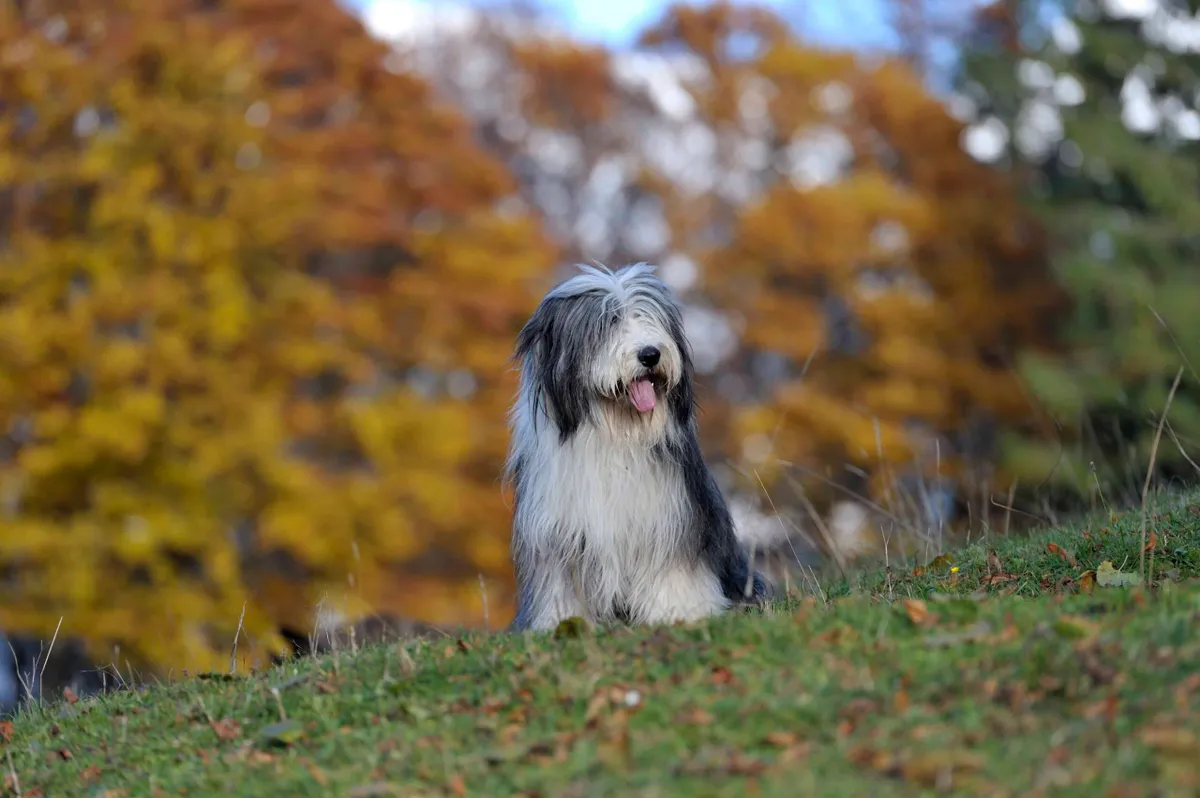
English setter
The origins of the breed dates to 1825 – their heyday was in 1980, when 1,706 puppies were registered that year by The Kennel Club, but their numbers have since dropped by 85%. As well as being very active, the English setter is also known to be outgoing and good-natured. Whilst they love affection, they are a large breed so require owners that can provide them with a lot of exercise, and a large home and garden.
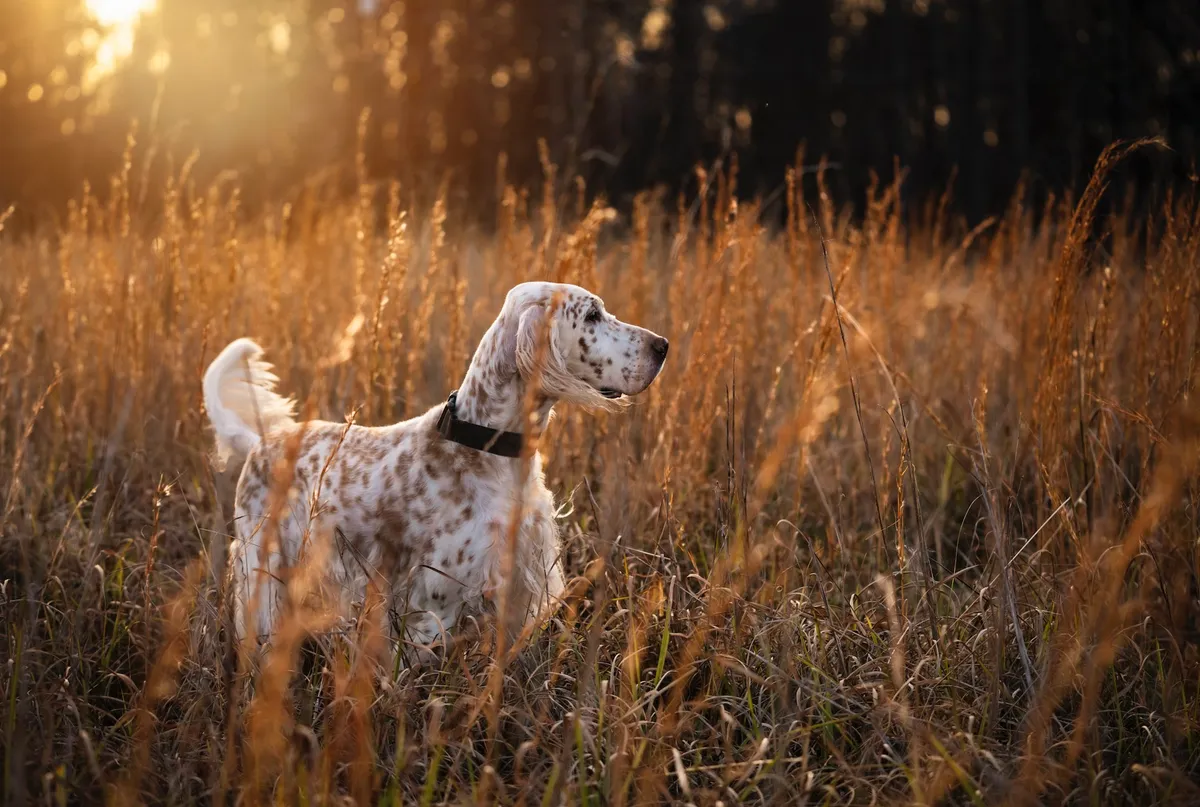
Sealyham terrier
Once owned by Princess Margaret, the Sealyham terrier takes its name from the village where it originated, in Pembrokeshire, on the river Seal. Around a century ago, the breed was registering more than 2,000 puppies a year, and was once popularised by a number of film stars, with historic owners including Elizabeth Taylor, Bette Davis, Humphrey Bogart, Cary Grant and Alfred Hitchcock. Sadly it’s a different story for the breed these days, with less than 150 puppies registered in 2023.
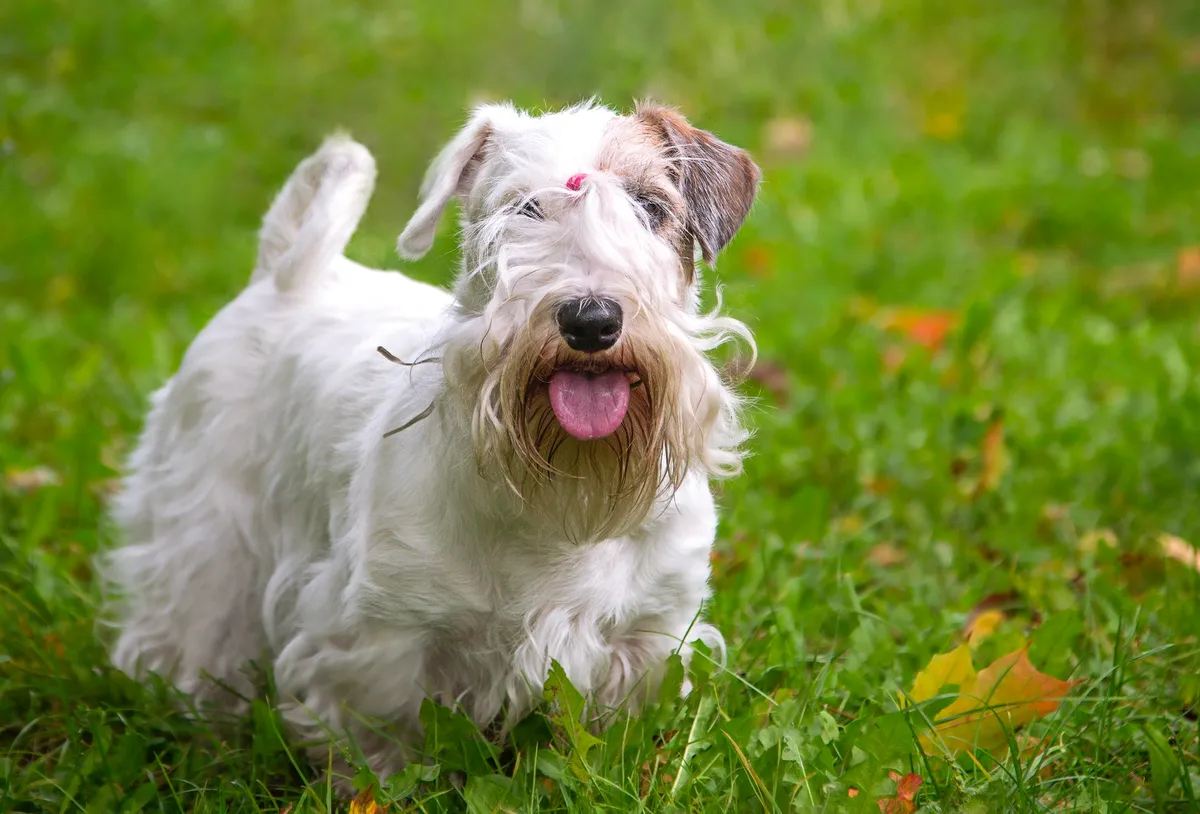
Irish wolfhound
The Irish wolfhound is known as a gentle giant and is the tallest dog breed recognised in the UK. It was originally bred to see off wolves which were a great threat to livestock in Ireland – by the end of the 18th century the wolf was extinct in Ireland and breed numbers dwindled. With the Great Famine in Ireland in the 1840s, the breed became very rare, but it bounced back after becoming the regimental mascot of the Irish Guards in 1902.
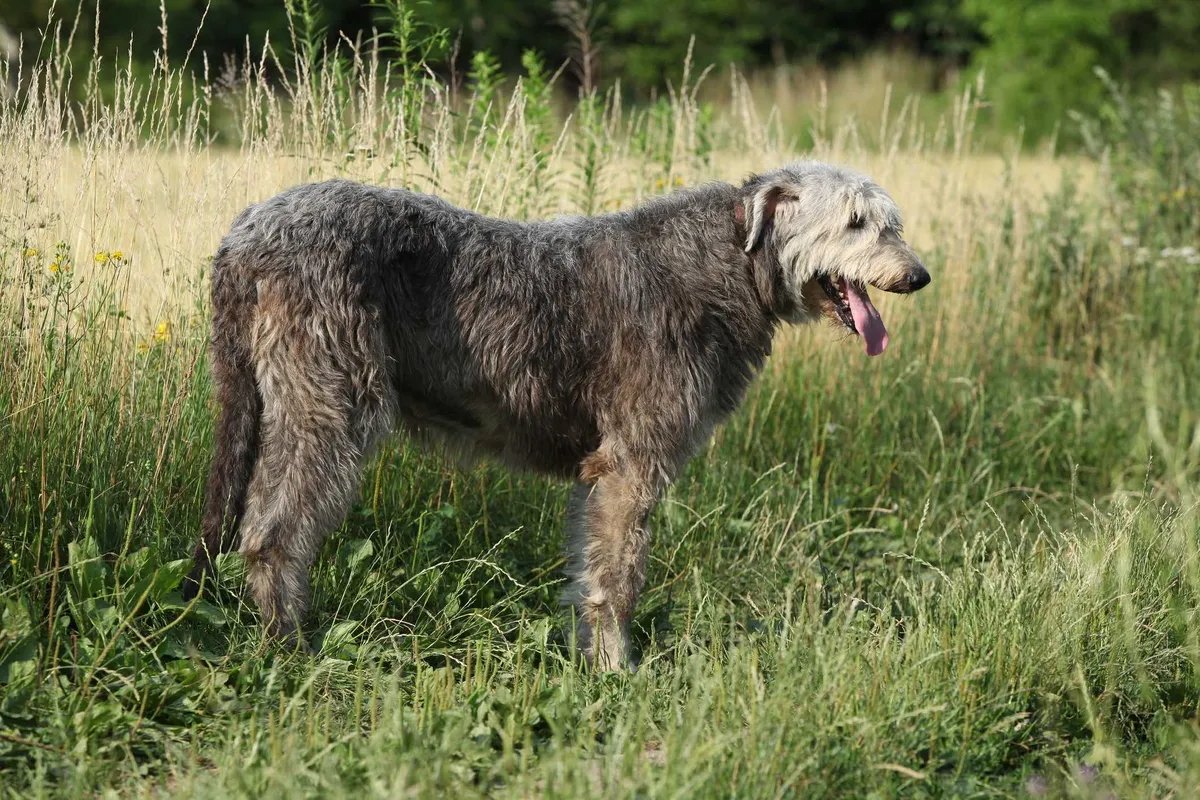
Smooth fox terrier
Perhaps best known as Nipper, the ‘HMV dog’, which has been seen across countless record labels and souvenirs. While less well-known than the wire fox terrier, the smooth was the first variety of fox terriers to be recognised. The early versions of the breed were often brown or black and tan but, in order to make them more recognisable from foxes when working, today’s breed is predominantly white with small patches of black and tan.
The breed was in the top five most popular dogs in the 1920s, with over 2,000 puppies born and registered a year, but a century later, it is a very different story. They are known to be a friendly and alert breed, which needs up to an hour of exercise a day, with access to a garden.
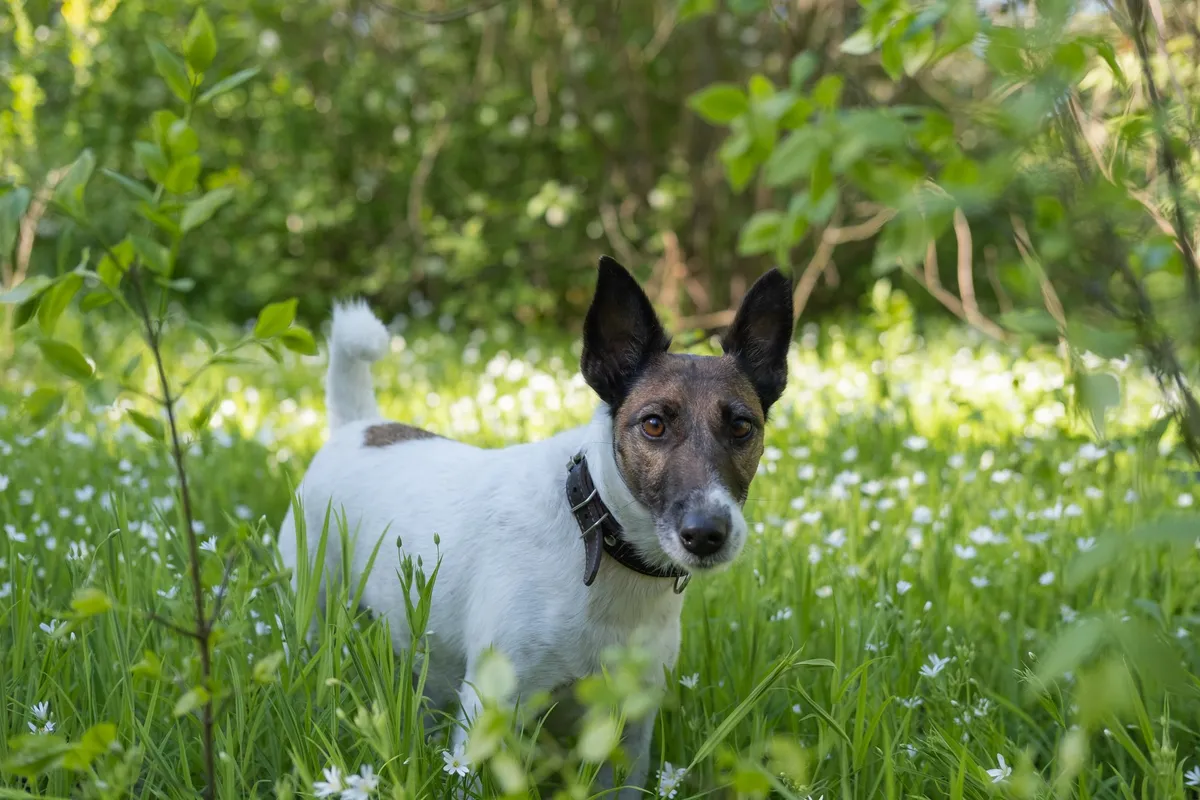
Irish terrier
The Irish terrier is considered to be one of the oldest terriers and was the fourth most popular dog in the 1880s. The breed is most recognisable for its vibrant red coat, and they are known for being good-tempered and devoted to their owners.
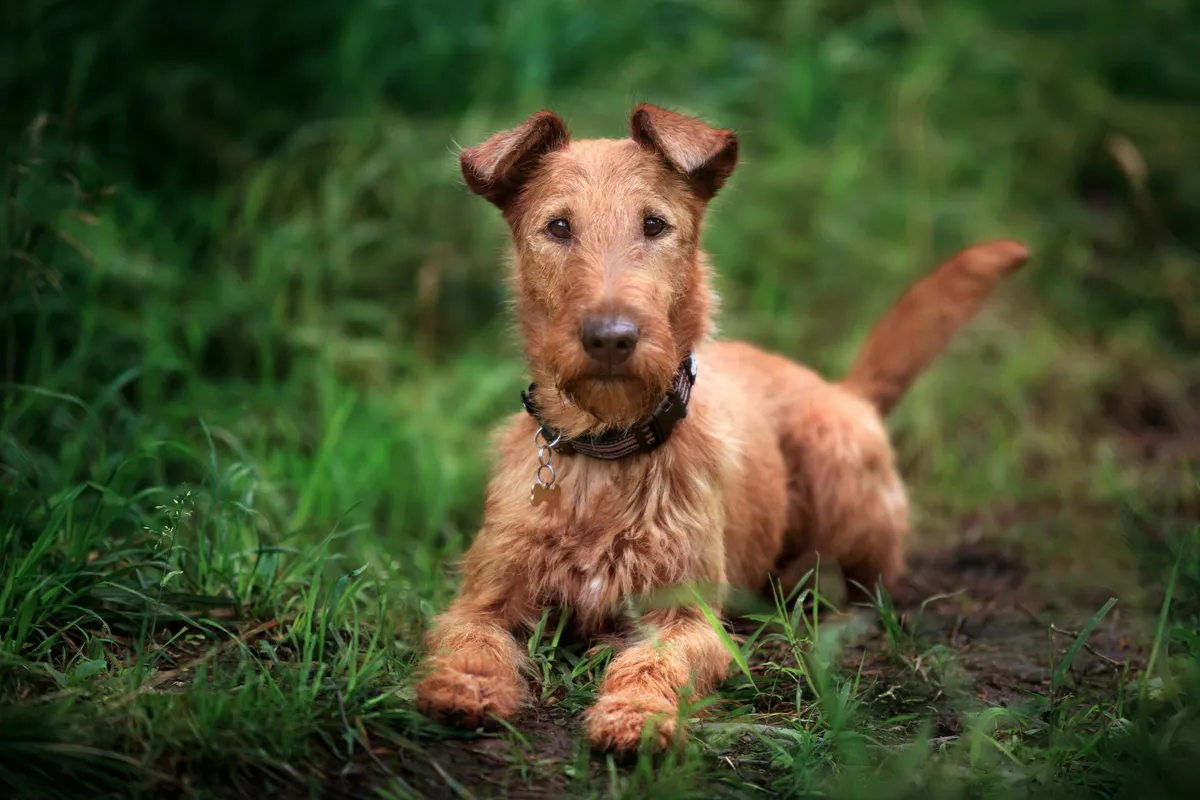
Welsh springer spaniel
Whilst you may have come across English springer spaniels, their Welsh counterpart is much less well-known. ‘Welshies’, as they are often affectionately known, have a rich red and white coat, and can be traced back as far as the Middle Ages when a ‘red and white Welsh hunting dog’ was chronicled in Welsh literature.
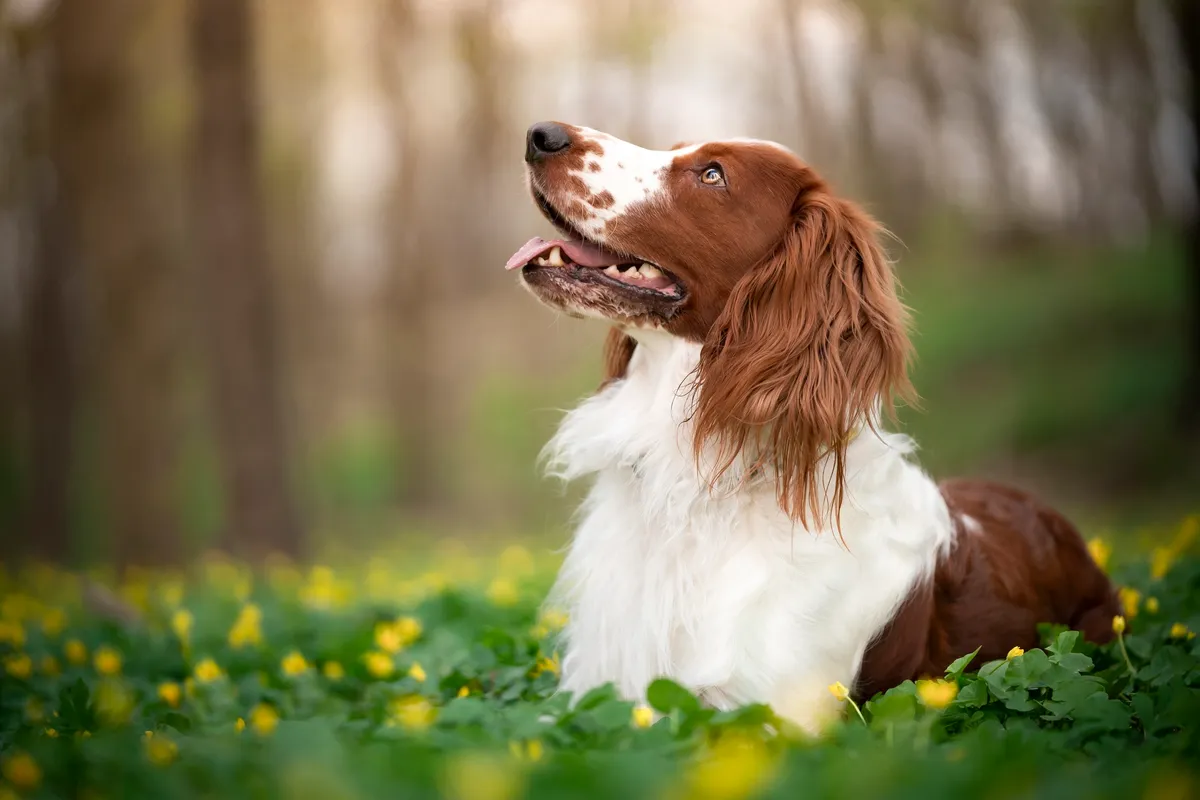
Clumber spaniel
The Clumber spaniel’s origins can be traced to circa 1770, thanks to Henry the 2nd Duke of Newcastle, who is associated with the breed, and it takes its name from the family’s seat, Clumber Park in Nottinghamshire. It has a long history of being favoured by royalty – both King Edward VII and his son George V had Clumber spaniels. They are a highly intelligent breed but do require regular grooming owing to their abundant coat.
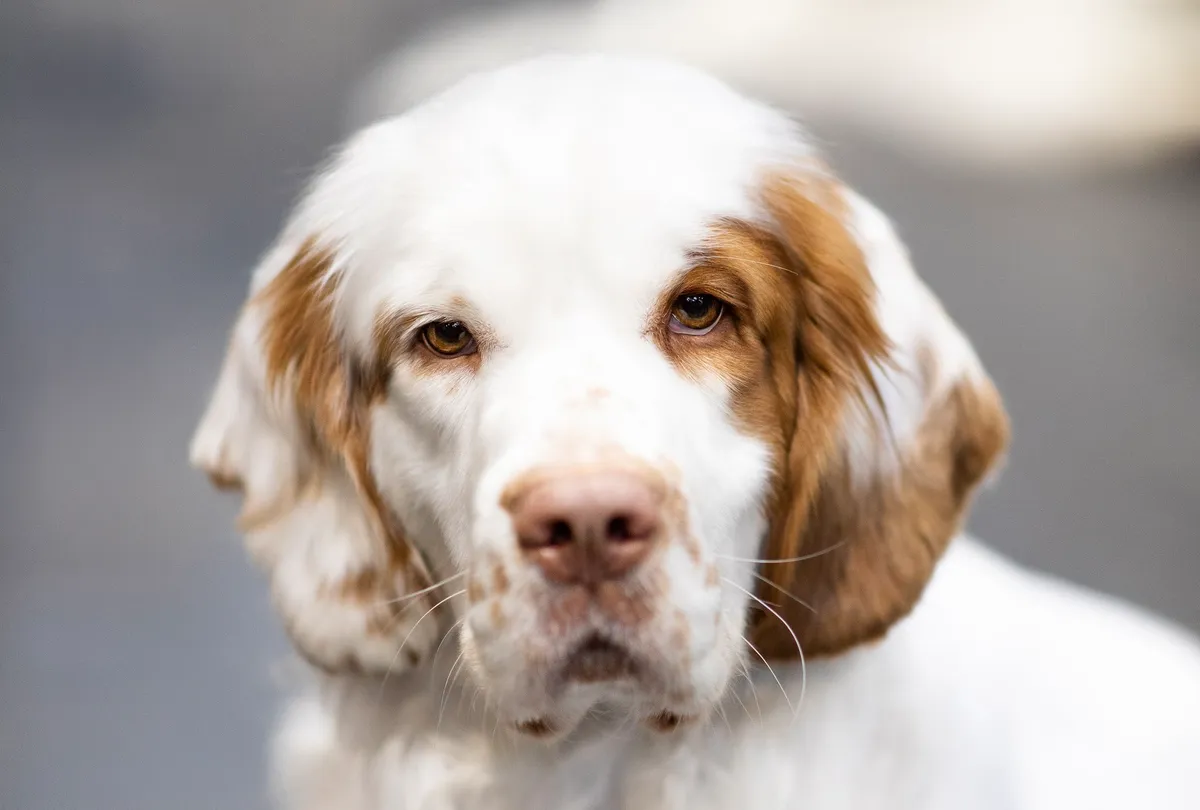
Cardigan Welsh corgi
Cousin to the more famous Pembroke Welsh corgi, which was favoured by Queen Elizabeth II, Cardigan Welsh corgis are intelligent little dogs. Despite their short legs, corgis are active and alert, having been originally bred to help farmers with livestock. Despite their countryside origins, Corgis thrive in both country and town, and can make a great, steady companion for a first-time owner.
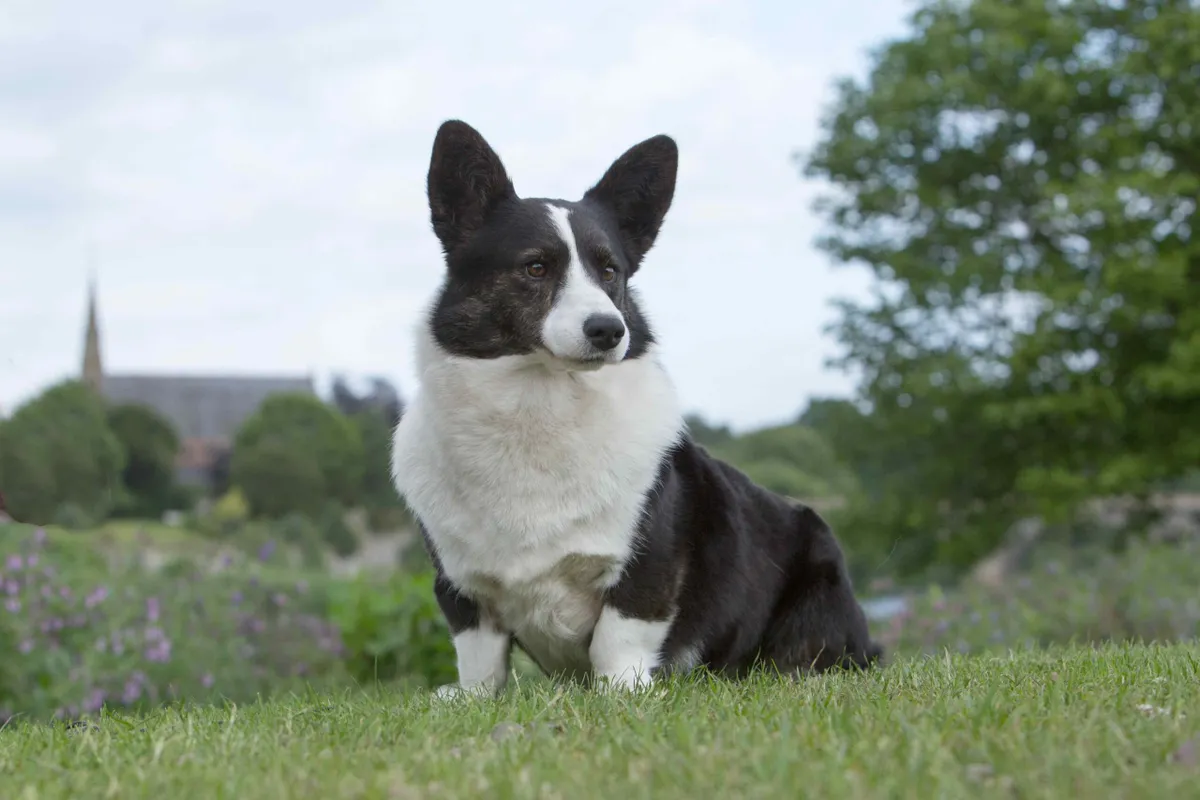
Lancashire heeler
Belonging to the Pastoral group, ancestors of the Lancashire heeler include the Welsh corgi and Manchester terrier. The breed was previously known as the Ormskirk heeler, as they were used to herd cattle to market in the area of Ormskirk in Lancashire. Lancashire heelers are known to be intelligent and loyal dogs, with short legs but a big heart, who make an affectionate family dog.
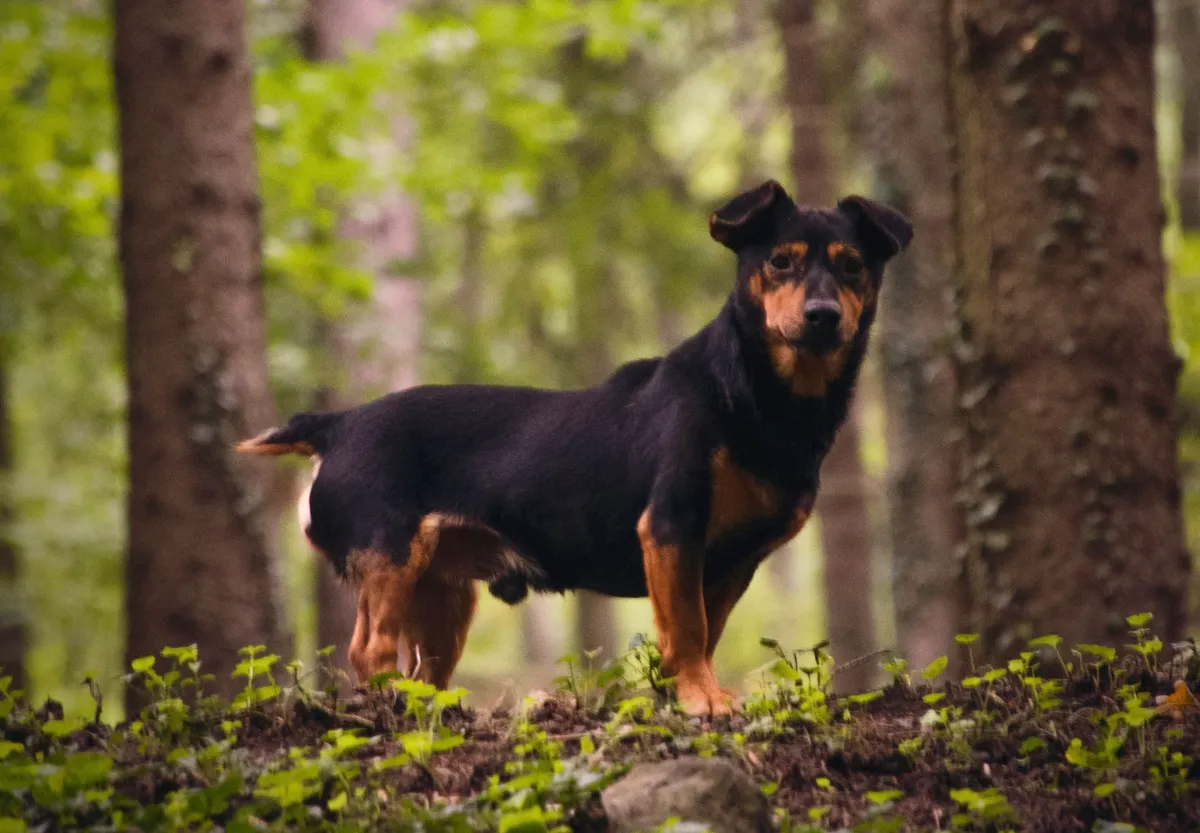
Otterhound
Otterhounds are a disappearing breed in Britain, but are delightful family pets for those with space and time to exercise them. They are gentle, friendly dogs with a good-natured temperament, but aren't hugely well known about in Britain and have therefore fallen into obscurity.
Otterhounds were originally attached to royal households in the Middle Ages, when otter hunting was poular among the nobility of the day. Otter hunting continued into the 20th century, with 16 active otterhound packs in 1953 – but it was banned in 1979 in England and Wales, and in 1982 in Scotland, when otters became a protected species.
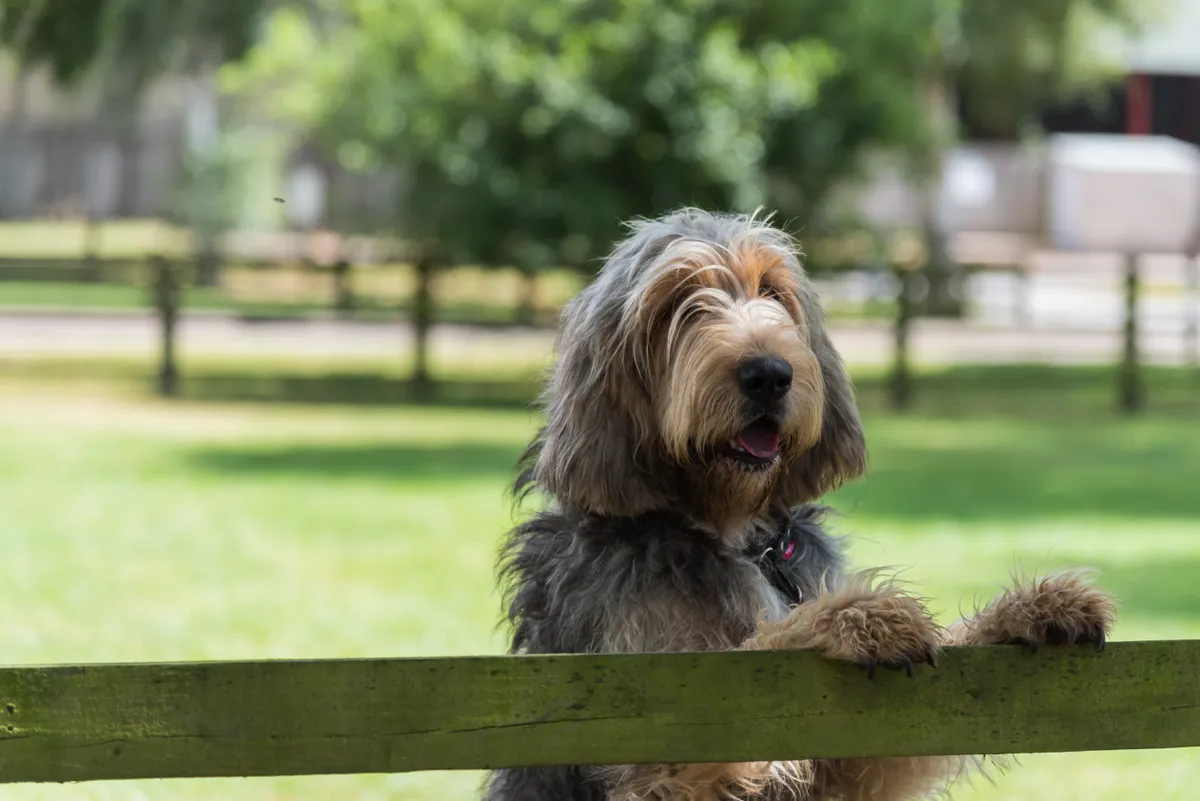
Harrier
Standing between the foxhound and the beagle, the harrier is a medium-sized dog that has been bred in the UK as far back as the 13th century – but were only recognised by the Kennel Club for the first time in 2020. The breed was originally used for hunting hares, which is where it is believed to have got its name.

Smooth collie
The Kennel Club recognised the smooth collie as a separate breed in 1979, but in the last decade or so, very few have been registered. It's considered a variety of the same breed as the rough collie, but with a shorter coat. The smooth collie's popularity increased in the 19th century after Queen Victoria owned several, including her favourite, Sharp. She helped make them fashionable and transformed their reputation as working dogs to companion pets.
Unlike the rough collie, which has enjoyed enduring popularity thanks to its casting in Lassie, the smooth collie is less recognisable and often not known about.

Bloodhound
Descended (or so the story goes) from a Belgian monastery, the bloodhound has been bred in Britain since before 1300. They are great tracker, originally used for hunting deer and wild boar. Their long, droopy ears and loose skin give them a striking appearance, and they have a naturally docile temperament – but, as many large dogs do, they need a good amount of exercise. While they are more famous in the US, very few numbers of bloodhound puppies are being registered in the UK and Ireland in recent years.

Irish water spaniel
Despite its rarity today, the Irish water spaniel was a very popular show dog during the Victorian era – in fact, it was one of the first nine breeds recognised by the American Kennel Club, alongside the pointer, Chesapeake Bay retriever, Clumber spaniel, cocker spaniel, Sussex Spaniel, Irish setter, English setter and gordon setter. Its counterpart, the English water spaniel, was last seen in the 1930s when. it became extinct.
As is the case for other spaniels, the Irish water spaniel doesn't shed – so was included in our list of hypoallergenic dogs.

To find out more about all the native dog breeds in the UK, check out The Kennel Club's A to Z of breeds.
Words: Laura Lloyd, The Kennel Club
More about dogs:
